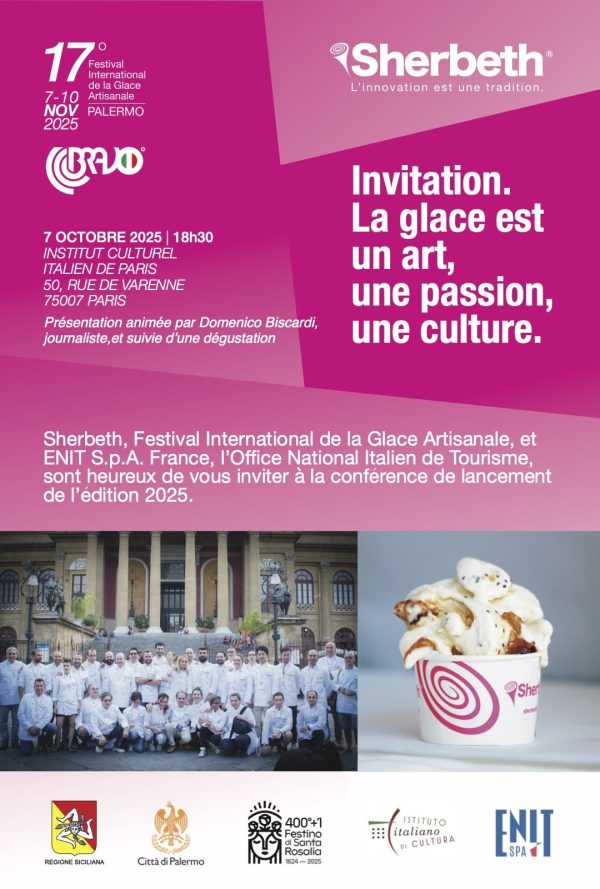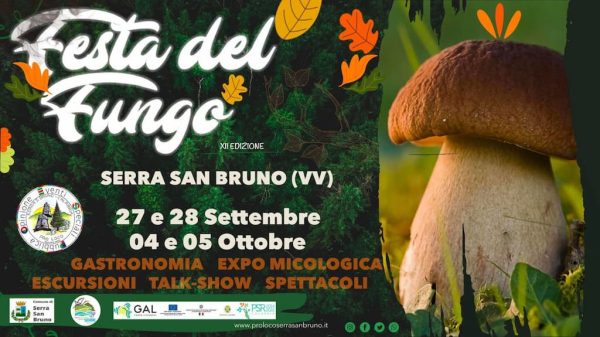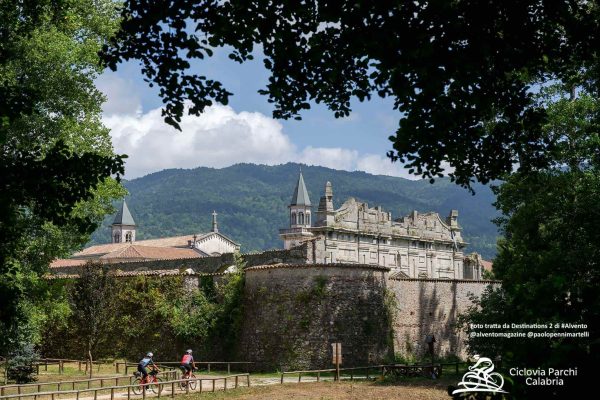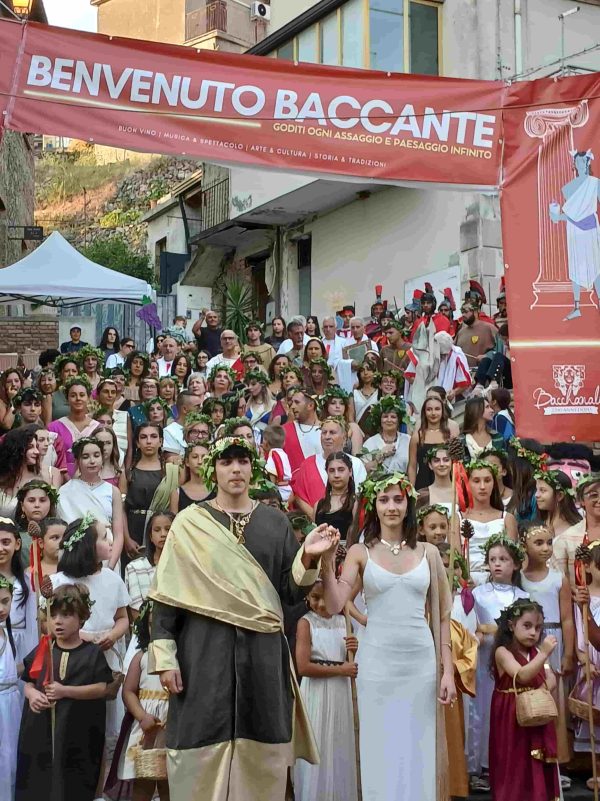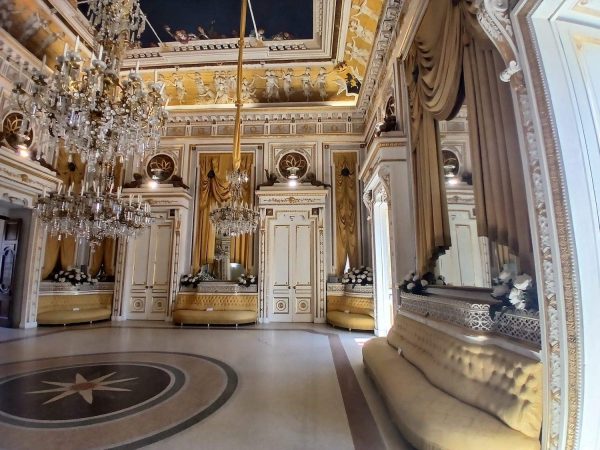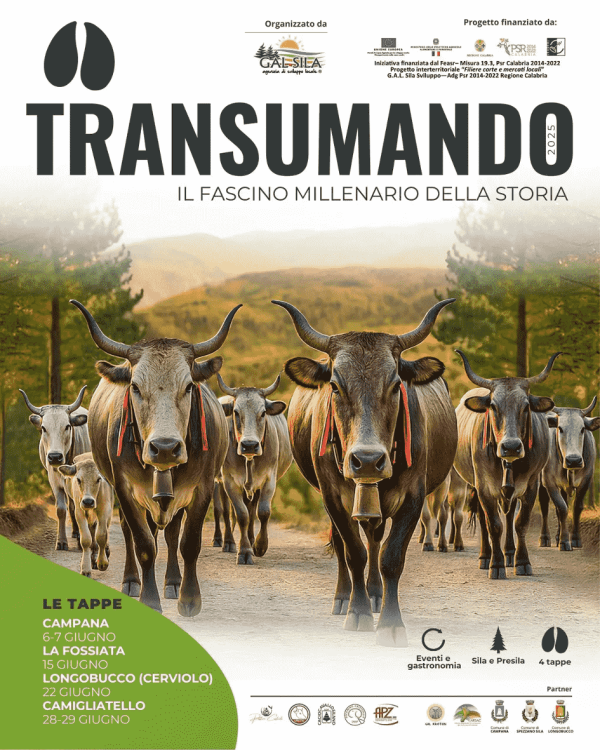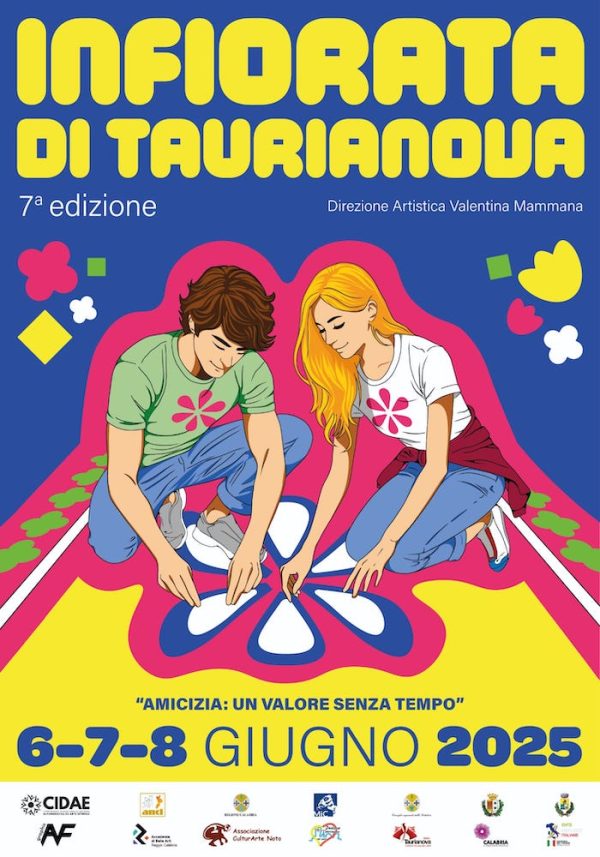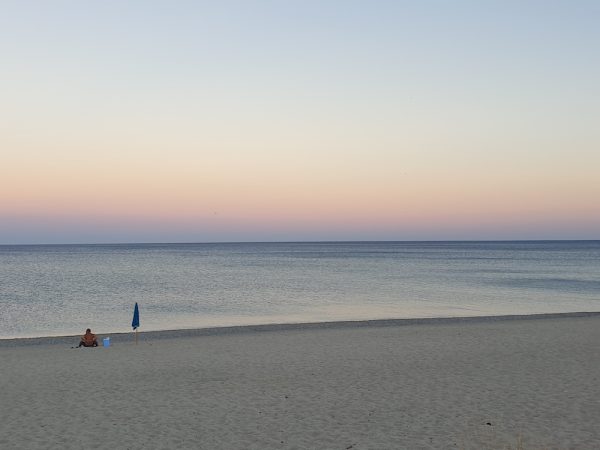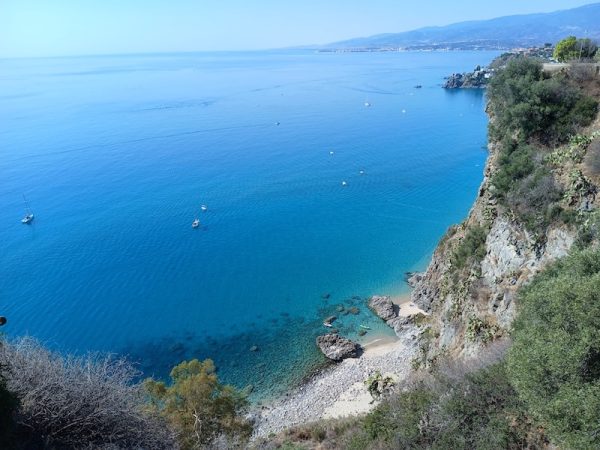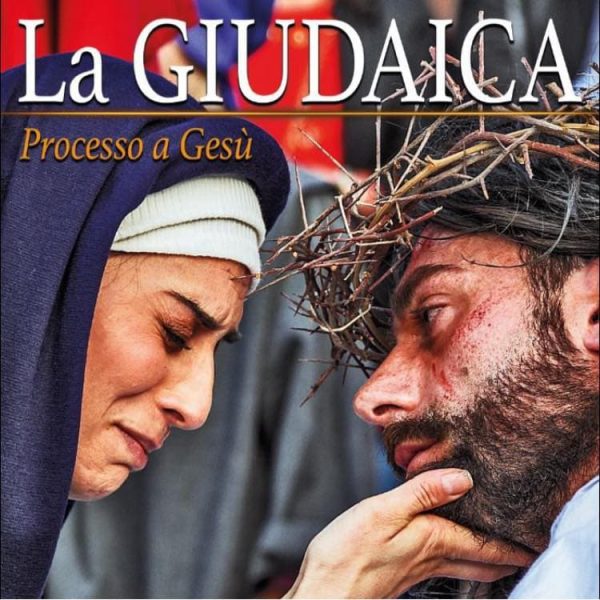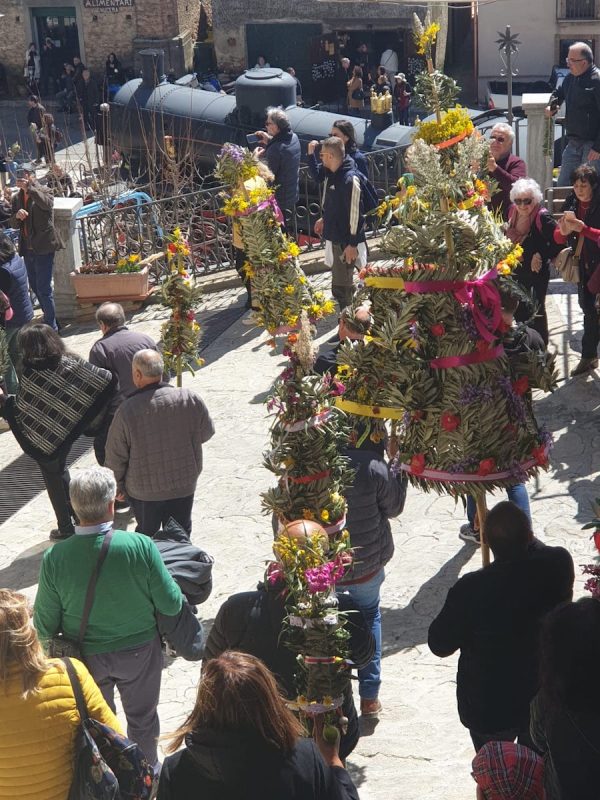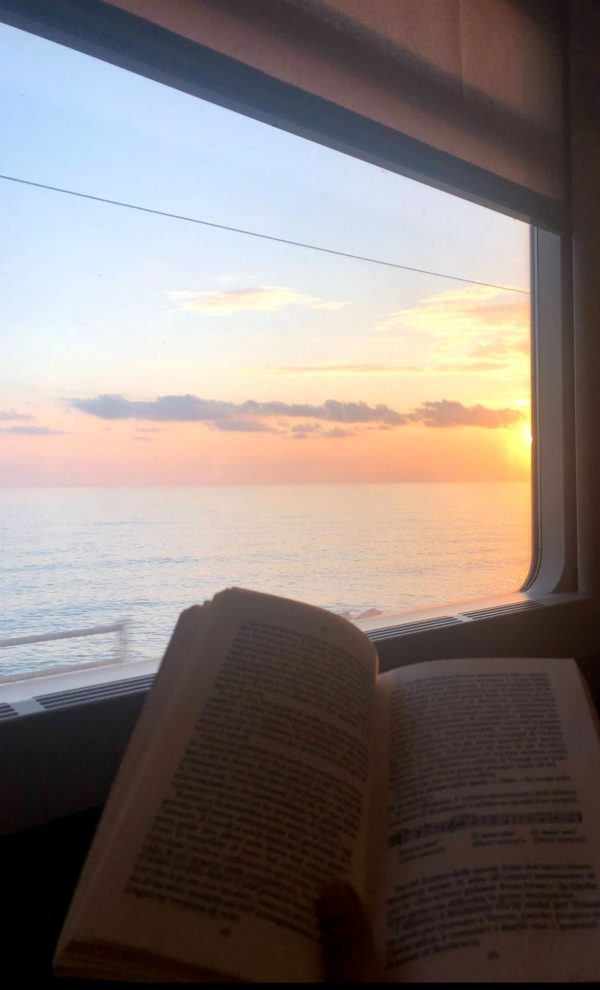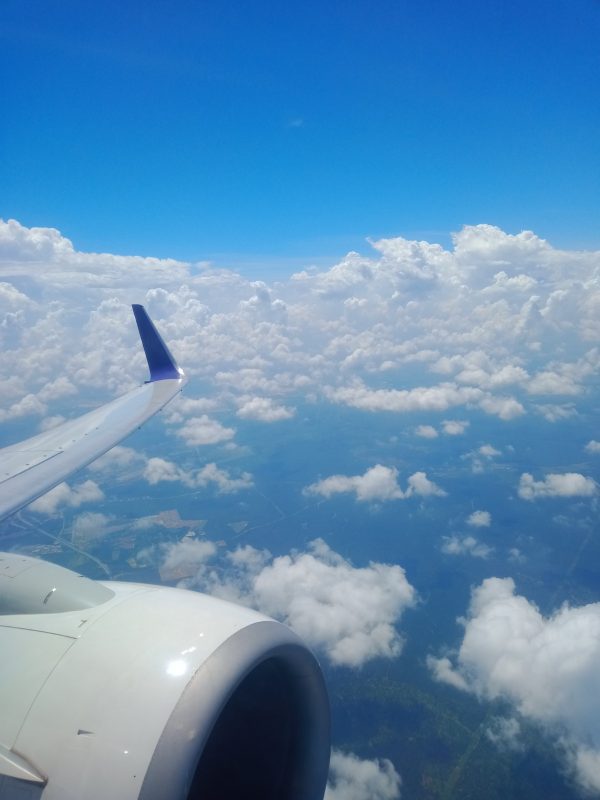
At the end of the 11th century, Saint Bruno of Cologne, founder of the Carthusian order, chose Calabria as a place of retreat and decided to build the order’s second monastery in the Serre mountains, after the one near Grenoble.
The establishment of the Charterhouse attracted artisans and workers of all kinds, who settled nearby and gave rise to the village of San Bruno, later known as Serra San Bruno. The artisanal tradition — from woodworking and stone carving to wrought ironworks — remains alive today in the village’s workshops and small shops.
The earthquake of 1783 destroyed much of the settlement, but new opportunities arose from the tragedy: on the other side of the Ancinale River, the Spinetto district developed, in contrast with the original historic center, Terravecchia.
After years of abandonment, the reconstruction of the Charterhouse drew local craftsmen and brought the French architect François Pichat to the village. This revival renewed Serra San Bruno economic and cultural vitality, leaving behind palaces and buildings that still make the village fascinating to visit today.
Nestled in lush and majestic nature, the village has always lived in close harmony with the Charterhouse. The monastery, just a few steps from the center, exudes a profound sense of calm and spirituality that can be felt even without entering its walls, as the Carthusians live in seclusion and do not open the building to visitors.
In addition to the monastery, Serra San Bruno is home to numerous well-preserved churches, including Santa Maria del Bosco, the Mother Church, and the Church of the Addolorata. The village is also the starting point for many trails through verdant forests: the must-see path leads to the Archiforo Wood, an extraordinary forest of beeches and white firs, recognized by the immunologist Qing Li as one of the forty sites worldwide ideal for practicing “forest bathing,” an experience that promotes well-being and longevity.
Another tradition that makes Serra San Bruno unique is the production of charcoal. For generations, families of charcoal burners have preserved and passed down this ancient craft: from the careful selection of wood to the slow combustion, watched over day and night, every step is carried out entirely by hand. Timeless gestures, repeated with skill, give life to a charcoal of exceptional quality, today highly valued and sought after.
Visiting Serra San Bruno means immersing yourself in a village where spirituality, nature, and artisanal traditions intertwine, offering travellers an authentic, intimate, and unforgettable experience.
Photo by Destinations 2 di #Alvento | @alventomagazine @paolopennimartelli
- Discover other events in Calabria
- Learn more about Calabria

